Dramatic Concepts: Greek and Indian
This study offers a fresh approach in comparing ancient Greek and Indian dramatic theories. Instead of treating the Poetics and the Natyashastra as Western and Eastern viewpoints, it places them within the broad framework of ancient Indo-European culture and the art of sacred drama (hieropraxis). It demonstrates that hieropraxis was basically different from post-Renaissance European drama which was entirely secular in content and Realistic in presentation. The Poetics and the Natyashastra on the contrary, belonged to theatres which pleased both gods and men, and which used semiotised gesture, dance, music, and dialogue to create a highly ornate theatrical reality. The book aims at comparing not only the concepts as propounded by Aristotle and Bharata Muni, but also attempts to reconstruct the Greek and Indian performances to highlight their similarities and differences. In view of the increasing constrains imposed on artistic endeavours by commercial pre-occupations in today’s world, this stimulating revaluation of the two major classical stage-crafts will go a long way in the discerning and shaping of newer modes of performance. Concepts like anukarana, dharmi, abhinaya, itivritta, mimesis, muthos, melopoiia, katharsis and rasa, etc., as revisited and expounded here, can be seen as means of creating dramatic shows which go beyond message and entertainment to provide sublimer experiences.
Get it now and save 10%
BECOME A MEMBER

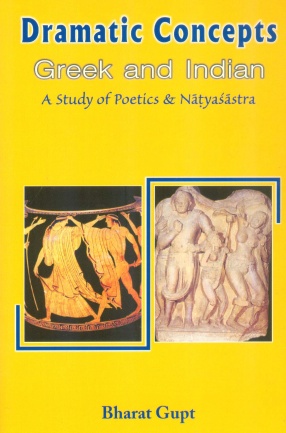
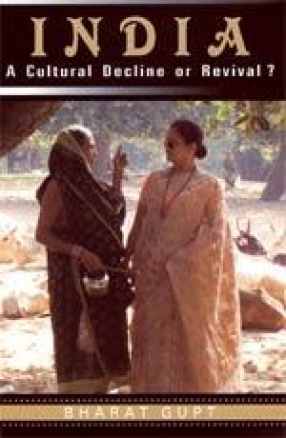
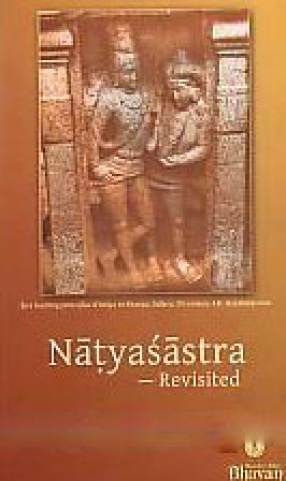
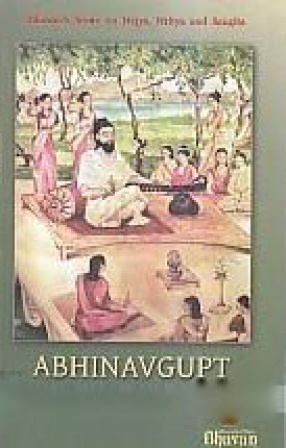

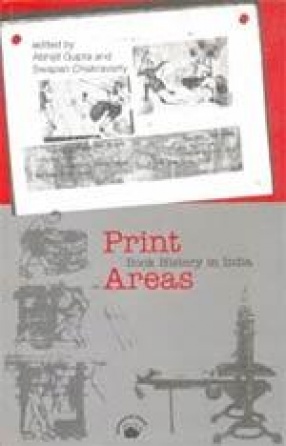
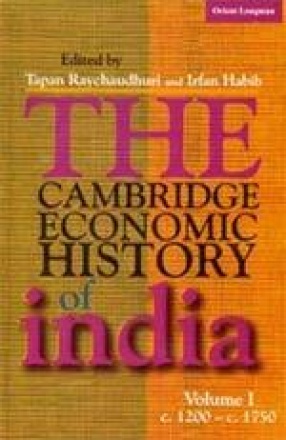
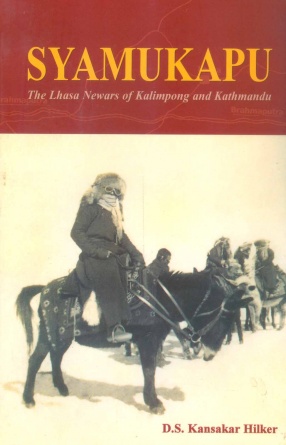

Bibliographic information